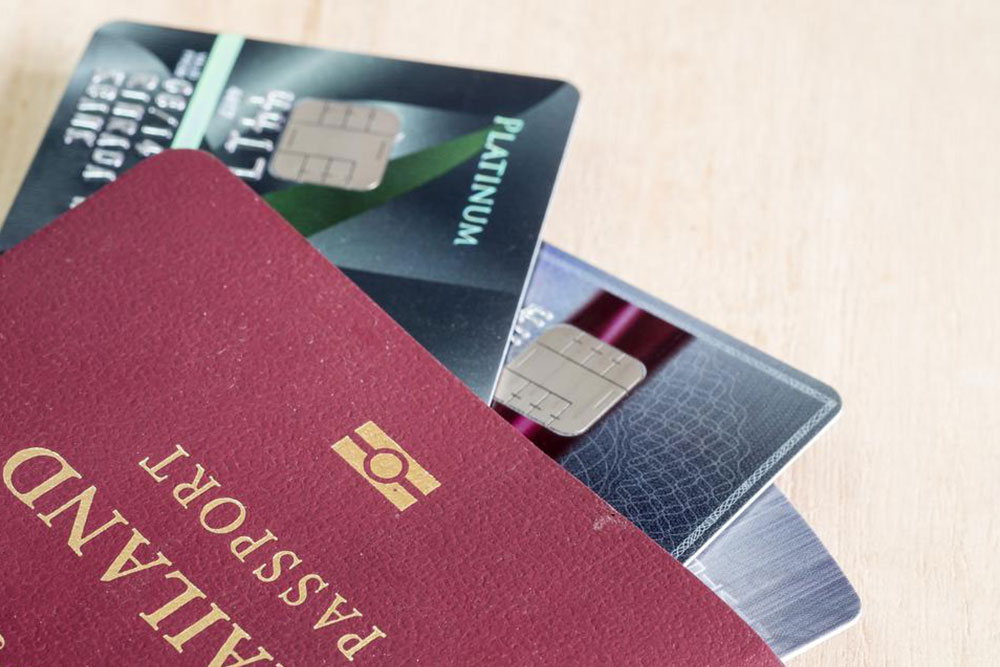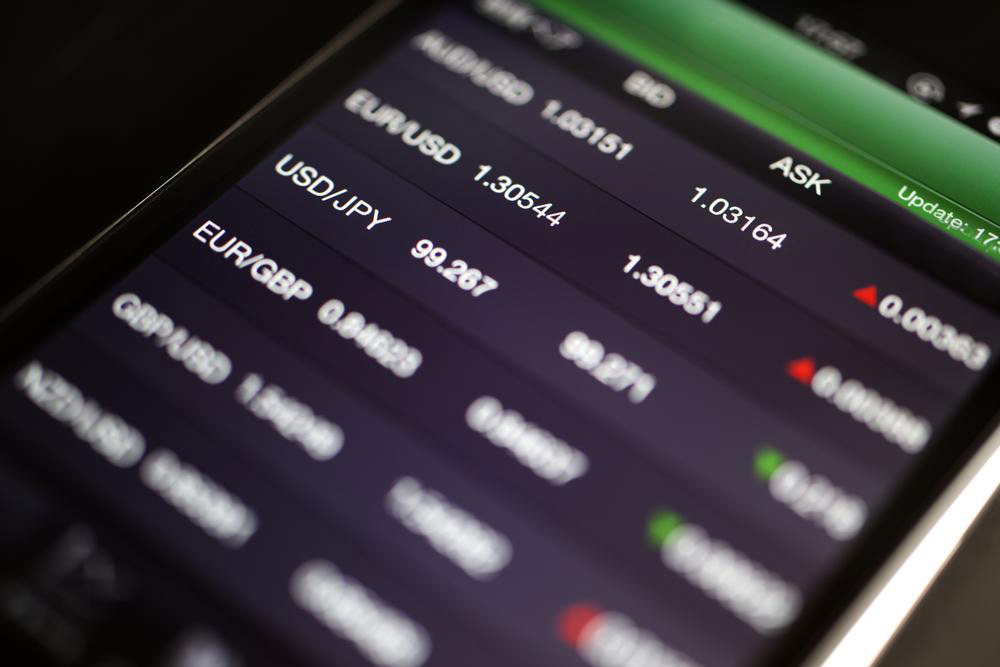Comprehensive Guide to Effective International Money Transfer Strategies
This comprehensive guide explores the latest trends in currency exchange rates, focusing on the US Dollar's recent rise and its impact on international money transfers. It offers practical advice on choosing the best methods for sending funds abroad, ensuring scammers and high fees are avoided, especially beneficial for NRIs and expatriates seeking to maximize remittance value amid fluctuating currencies. Learn how macroeconomic factors influence exchange rates and how to leverage these insights for smarter international transactions.

Comprehensive Guide to Effective International Money Transfer Strategies
In recent months, the global financial landscape has been notably affected by fluctuations in currency exchange rates, especially involving the US Dollar and several emerging market currencies. One of the most prominent developments has been the sharp rise of the US Dollar, which has significantly impacted international remittances, foreign investments, and trade dynamics. Notably, the exchange rate of the US Dollar against the Indian Rupee exceeded 74, marking a new high and indicating a strengthening dollar pattern. At the start of this year, the exchange rate was approximately 63.34 INR, but evolving economic factors have driven this upward movement.
The appreciation of the US Dollar has various underlying causes. Foremost among these are soaring crude oil prices, which have surged due to geopolitical tensions, supply chain disruptions, and increased global demand. Since oil is priced predominantly in US Dollars, higher crude oil prices tend to bolster the dollar's strength on the international stage. Additionally, the global economic climate — influenced by trade balances, inflation rates, employment numbers, and interest rate policies — also weigh heavily on currency valuations. When a country’s trade deficit widens or inflation rises, its currency typically weakens; conversely, trade surpluses and low inflation tend to support currency strength.
The role of geopolitical stability and foreign direct investment (FDI) is also critical. Political uncertainties or conflicts tend to increase demand for safe-haven currencies like the US Dollar. Investors seek stability during turbulent times, driving up the dollar’s value. Similarly, a country attracting substantial foreign investment often experiences increased demand for its currency. This is especially relevant for the US, whose financial markets are viewed as secure and liquid, attracting international capital flows and further strengthening the dollar.
Over the past year, the dollar's value has appreciated by over 16%, largely propelled by rising oil prices. Since oil is primarily priced in dollars, the increased costs of crude oil have raised the dollar’s purchasing power globally. At the same time, higher crude oil production in some oil-producing countries has improved their trade balances, impacting currency stability. When a country produces more oil or imports less crude, it tends to strengthen its local currency, influencing global currency movements.
In addition to these macroeconomic factors, individual income levels play a significant role in exchange rate fluctuations. When incomes rise within a country, citizens tend to spend more, often importing goods from abroad. Increased demand for foreign currencies such as US Dollars, Euros, or British Pounds can lead to local currency depreciation. Conversely, robust exports—particularly in sectors like technology, pharmaceuticals, or manufacturing—generate foreign currency inflows that help stabilize or strengthen a country’s currency.
The US continues to be a major global economic player, and its dollar remains a preferred reserve currency and medium of exchange worldwide. Many international investors seek US stocks and bonds, which necessitate currency exchange into dollars. This demand further amplifies the dollar’s strength and impacts global trade and remittance flows.
During uncertain economic times, the US Dollar’s status as a safe haven asset remains unchallenged, maintaining high demand among investors and expatriates. For individuals or entities involved in international transactions, especially those remitting funds across borders, understanding these currency dynamics is crucial. Fluctuations in exchange rates can significantly affect the value of remittances, investments, and cross-border purchases.
This scenario presents strategic opportunities for Non-Resident Indians (NRIs) and other expatriates. When foreign currencies such as the Dirham, Pound, or Dollar are stronger or more favorable relative to the local currency, remitters can maximize their transfer value by timing their transactions appropriately. Capitalizing on favorable currency movements can lead to substantial savings and improved financial planning for those supporting families or investing in their home country.
To optimize international money transfers, it’s essential to choose reliable, efficient remittance methods. Various options available today can cater to different needs, whether speed, cost-efficiency, or security. Below, we explore some of the most effective options for transferring money internationally in today’s rapidly changing economic environment.
Bank Wire Transfers: Traditional but trustworthy, bank wires are a secure method for transferring large sums directly between bank accounts across countries. They usually involve higher fees and longer settlement times but provide high security and official proof of transfer.
Online Remittance Services: Platforms like Wise (formerly TransferWise), Remitly, and Revolut have revolutionized international money transfer with competitive exchange rates and lower fees. They utilize real exchange rates (mid-market rates) and offer quick, transparent transactions, making them suitable for both personal and business remittances.
Mobile Money Transfer Apps: Services such as PayPal, Alipay, and WeChat Pay enable instant transfers, particularly within regions with high smartphone penetration. These apps often integrate with local banking systems to facilitate seamless transactions.
Cryptocurrency Transfers: Digital currencies like Bitcoin or stablecoins can be used for international remittances. They offer fast transaction times and lower costs, especially for large remittances, but come with regulatory and security considerations.
Cash Pick-up and Doorstep Delivery: Many remittance companies also provide cash payout options where the recipient can collect funds from designated centers or even have the money delivered directly to their doorstep, accommodating recipients without bank accounts.
Choosing the right method depends on various factors such as transfer speed, fee structure, currency conversion rates, recipient convenience, and security considerations. For example, online remittance platforms often offer the best combination of affordability and speed, while bank transfers provide the highest level of security for large transactions.
In conclusion, understanding the current currency trends and selecting the optimal method for international money transfers can greatly enhance the efficiency and value of cross-border funds movement. For NRIs and expatriates, staying informed about currency fluctuations and leveraging modern transfer tools can lead to substantial financial benefits and peace of mind. As global markets continue to evolve, so too do the options for secure, cost-effective, and fast international remittances, enabling you to make smarter financial decisions in an interconnected world.





